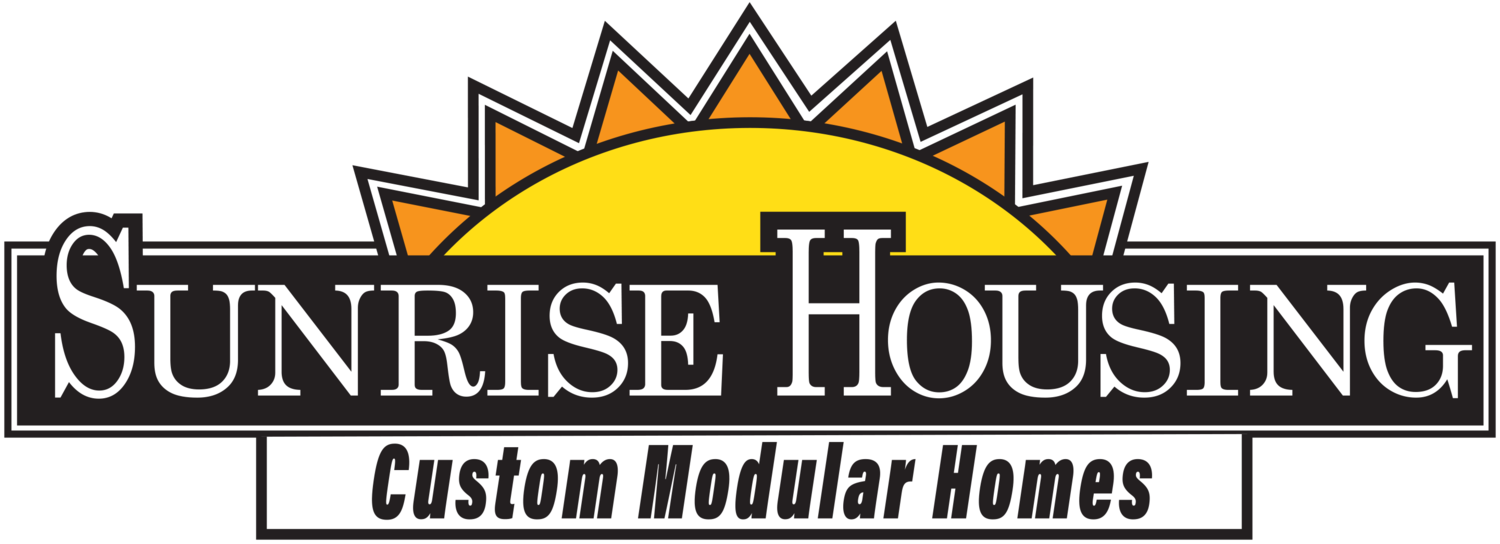Building your dream home is an exciting journey, and modular construction offers a faster, more efficient path to move-in day. If you’re curious about how the process works, here’s a step-by-step look at what to expect when designing and ordering a modular home.
1. Initial Consultation
The first step is sitting down with a home consultant to talk through your vision, lifestyle needs, budget, and preferred timeline. We’ll show you a variety of floor plans and models to help you narrow down what suits you best. Whether you want a cozy ranch, a spacious two-story, or something totally custom, this is where the fun begins.
2. Choosing a Floor Plan
Next, you’ll select a base floor plan that meets your needs—or work with us to modify one. Want to move walls, enlarge a kitchen, or add a mudroom? Modular homes are surprisingly flexible. Many customers start with a plan they like and customize it to make it truly theirs.
3. Design Selections
This is where your personal style shines! You’ll choose everything from exterior siding and roofing colors to flooring, cabinetry, countertops, lighting, and more. We’ll guide you through all your options, with samples on hand to make the decision-making process easier. We can also help balance your design preferences with your budget.
4. Finalizing the Contract
Once your floor plan and options are chosen the cost of your home can be calculated and set. If you’re ready to move forward, we can proceed with purchasing the home. We’ll review a detailed purchase contract. This outlines the exact scope of your home—including pricing, specifications, and allowances. We’ll also walk you through any addendums that apply to your specific build, so there are no surprises down the road.
5. Permits and Site Prep
While your home is being built in the factory, work can begin on your property. This includes preparing the foundation, hooking up utilities, and handling any required permits. We can help coordinate with your contractor or help guide you through the process if needed.
6. Factory Construction
Here’s where modular construction really shines. Your home is built indoors, away from weather delays, by craftsmen using precise techniques. Modules are constructed simultaneously, which means your home goes from framing to finished in a matter of weeks—not months.
7. Delivery and Set
Once your home is built, it’s delivered to your site and set onto the foundation with a crane. It’s an exciting day! After the modules are in place, final work begins—seaming sections together, connecting utilities, finishing drywall, and completing any site-built features like porches or garages.
8. Final Walkthrough and Move-In
Before move-in, we’ll walk through the home with you to ensure everything is complete and meets your expectations. Any final touch-ups or warranty items will be addressed. After that, it’s time to get the keys and start your next chapter!
Ready to Start Your Journey?
Designing and ordering a modular home is a streamlined, rewarding experience when you have the right team by your side. If you’re curious about what’s possible, stop by our model homes or reach out to schedule an appointment. We’d love to help bring your vision to life.









